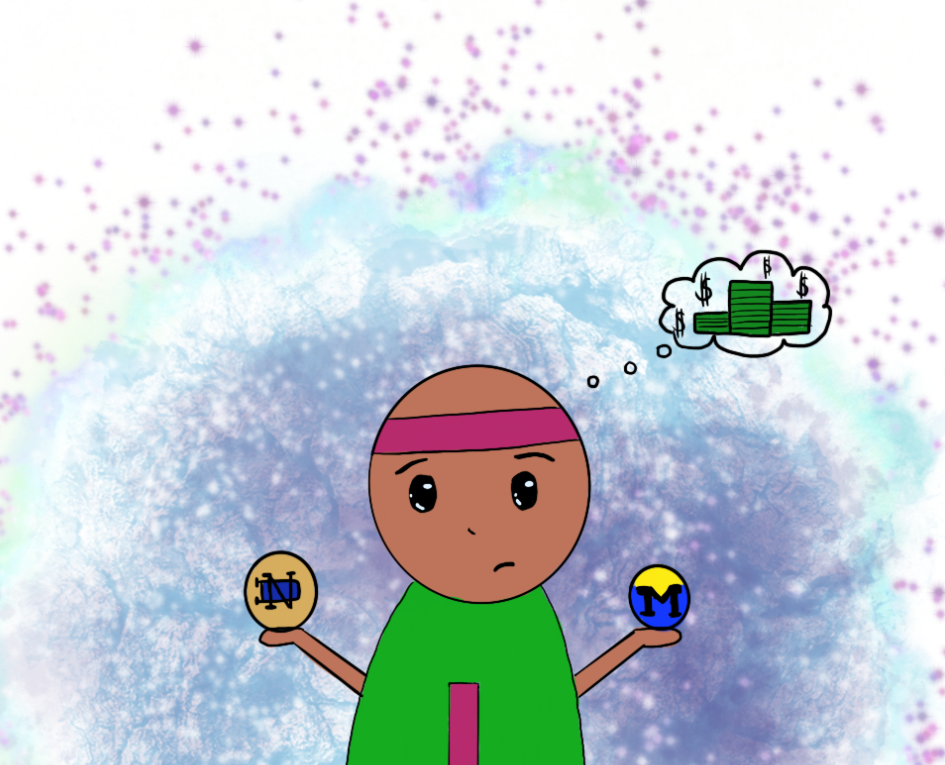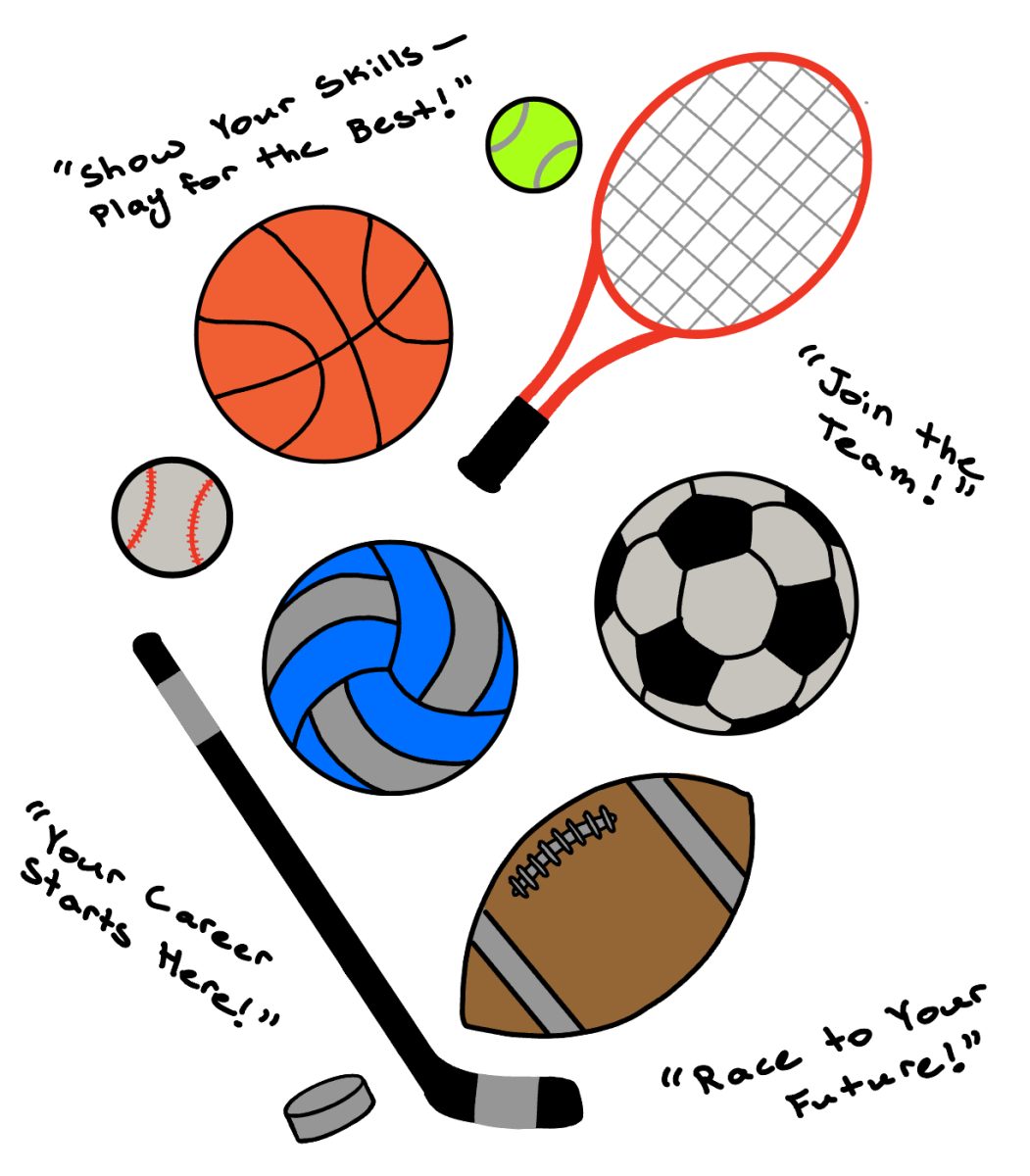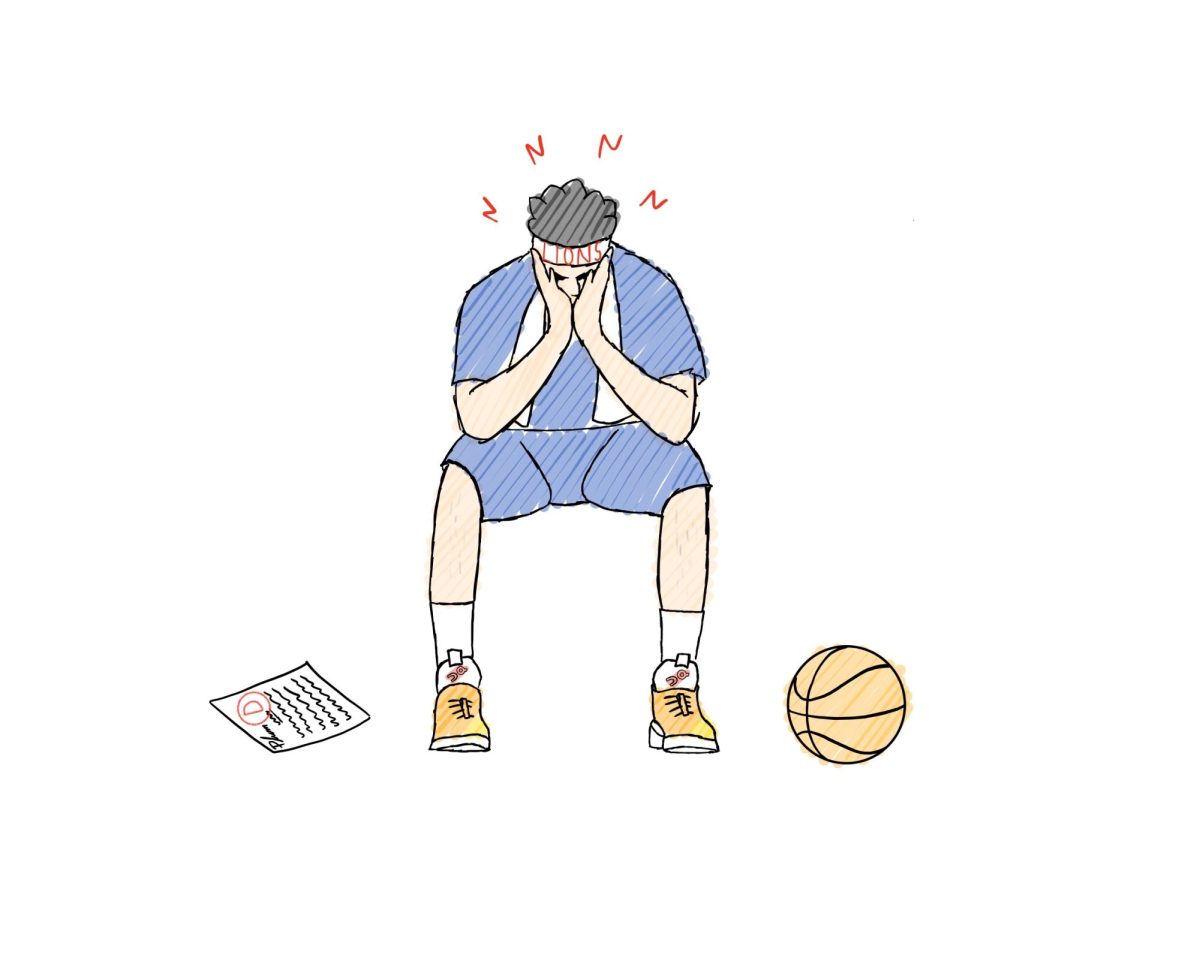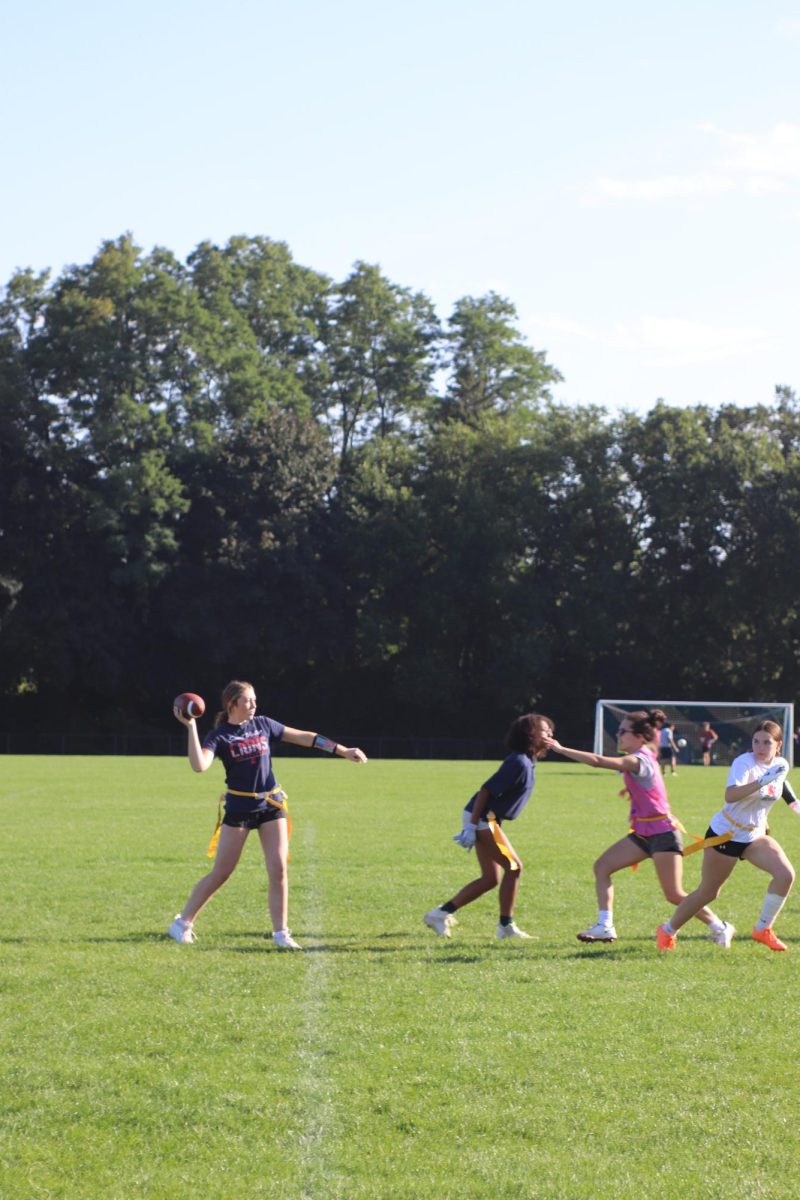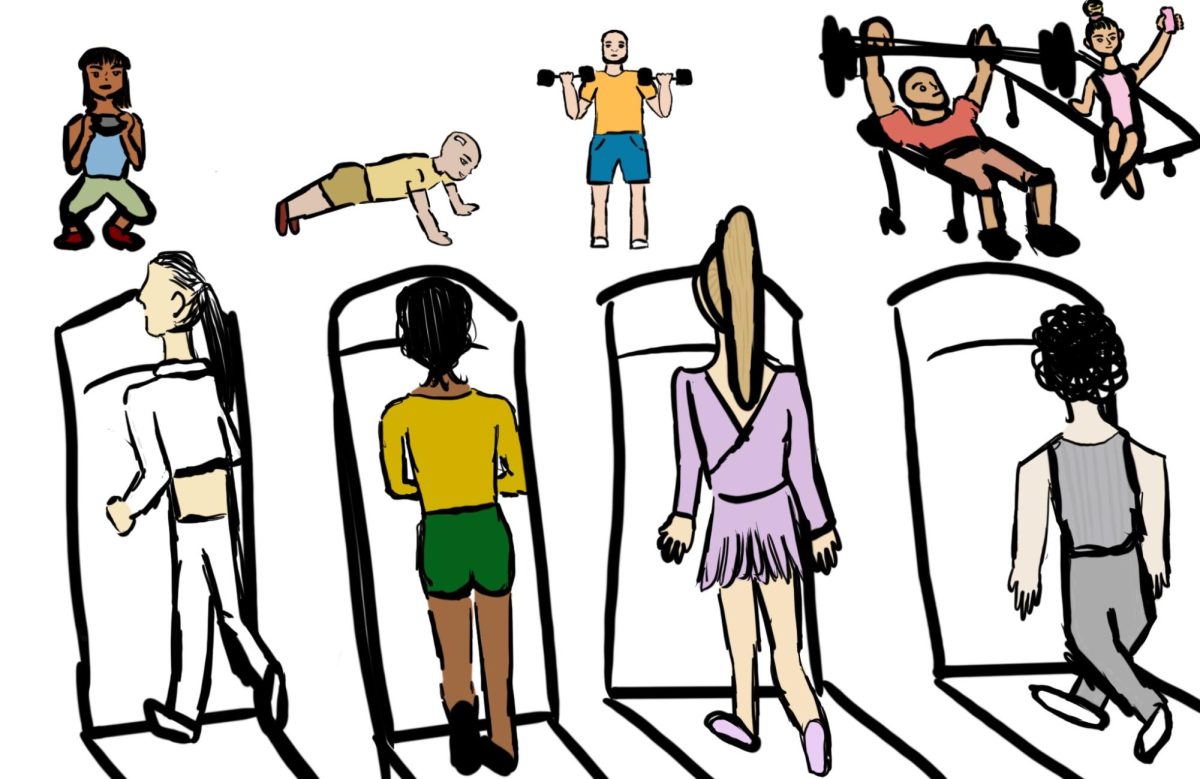Take a moment to imagine your sports team. Football, baseball, basketball, swimming—the sport does not matter. A team, one that has bonded through trials and tribulations, highs and lows, triumphs and defeats. The team, after a valiant effort in the playoffs, has contended to compete in a state championship—the ultimate shot for glory. Across the school, people are talking of making school history by winning state for the first time. But there’s a catch: half of your team, including many starters, has decided to transfer to another school, thereby being unable to participate in the capstone of the season.
This scenario is not far-fetched by any means, and is actually—in fact—a common situation across collegiate athletics. Across the Division I level alone, 20,911 athletes entered the transfer portal during the 2022-2023 season, about 13% of all Division I athletes (NCAA). Following the 2018 decision by the NCAA to allow transfers, the transfer portal has changed the college athletics and recruiting landscape.
Since its creation, the transfer portal has seen multiple modifications. Initially, players who transferred were unable to play the next season at the new college; instead, they had to take a “redshirt” year—that is, being able to practice and receive scholarships but not compete. However, this penalty was removed, allowing athletes to transfer without consequence.
The portal opens for athletes during two periods: December 4th until January 2nd and May 1st to May 15th. During this time, athletes can ask for their name to be submitted to the portal, opening the opportunity for them to be recruited by other schools. The kicker, however, comes in with how competitions work during these times. While an athlete can technically compete while they are in the transfer process, they often choose not to (“opt outs”) or are not allowed to participate by the coaching staff. This means that some athletes miss out on the rest of their season—or even worse—championships or bowl games. For college football, bowl games occur during the portal opening and deadline, meaning that many teams are forced to play in a championship-equivalent game missing a chunk of their team.
Athletes generally have a multitude of reasons for making the transfer decision, but it ultimately roots down to a few key factors: current playing time, coaching staff, professional sport recruitment, and potential to make bank on name-image-likeness (NIL) deals. Whatever the reasons are, the question still stands: what incentives are large enough to make an athlete throw away a championship game and bond with their teammates? For some, the desire to step out under the lights is the deciding factor. Their playing time, regardless of whether they deserved it or not, was not the amount they wanted, so they switch schools with the hopes of getting more. Similarly, some athletes look for schools that will get them recruited to a professional team. This too requires playing time or recent success of a program, both reasons for a switch in schools. For others, a coach leaving might cause an athlete to depart, either in the beloved coach’s steps or into uncharted territory. However, for others yet, the elephant in the room causes their departure from their home program—NIL deals.
NIL deals are widely considered to be a deciding factor in many athletes’ choice to find a new school, particularly those covered by the wide-stream media. These athletes, future professional athletes and widely considered game changers, are sought out by colleges across the nation, essentially leading to bidding wars with NIL deals. Because NIL deals represent the chance for additional monetary compensation, athletes will transfer, leaving all of their previous work and relationships behind, to seek a larger paycheck. These paychecks, for the best of the best, can reach millions of dollars, but even for lesser athletes, $50,000 a year can easily be achieved on top of other incentives. The addition of the ability to transfer in search of higher paychecks and benefits is extremely similar to “contract-jumping” in professional sports, a fact that is criticized due to the “purity” college athletics was traditionally known for.
Ultimately, the ability to transfer cannot be rooted down to a moral judgment of “good” or “bad.” However, its impact on college sports should not be undermined. The quantity of brotherhood or sisterhood bonds lost between teammates, the pitiful championship or bowl games ruined due to missing starters, the high school athletes who might lose their dream spot due to a school taking a transfer instead of them—these are the results of the transfer portal. The level of competition and inner-team family are characteristics collegiate athletics are known for, so the progression of the transfer portal should be watched carefully in the coming years to ensure these values are not lost forever.
Transfer portal ravages college athletics
Donate to Viator Voice
$50
$500
Contributed
Our Goal
Your donation will support the student journalists of Saint Viator High School. Your contribution will allow us to purchase equipment and cover our annual website hosting costs.



